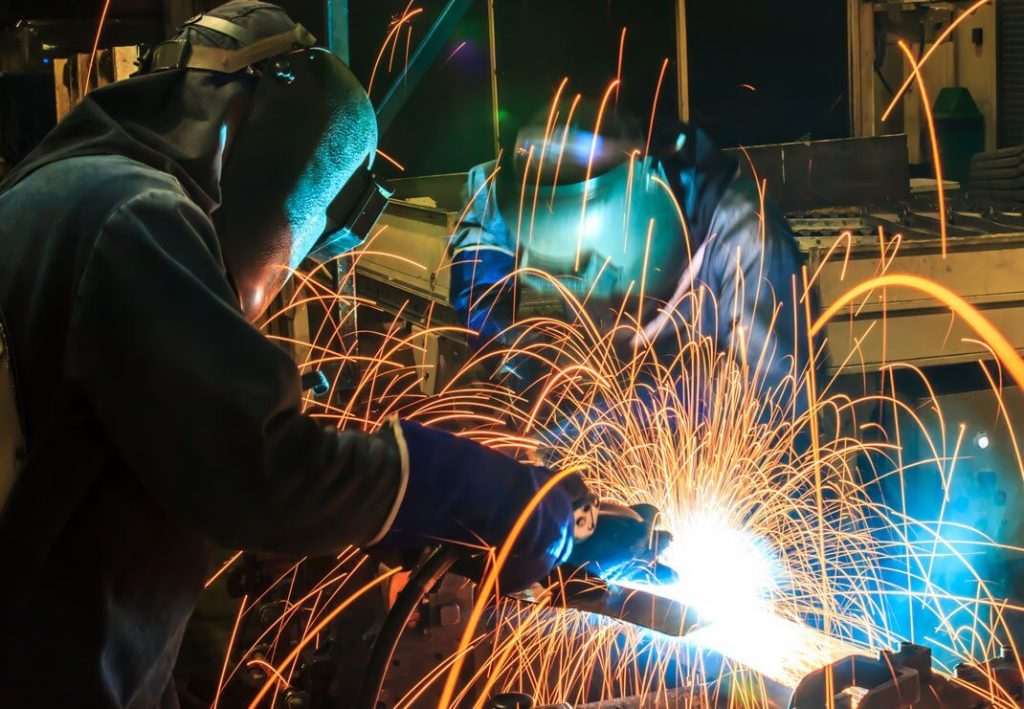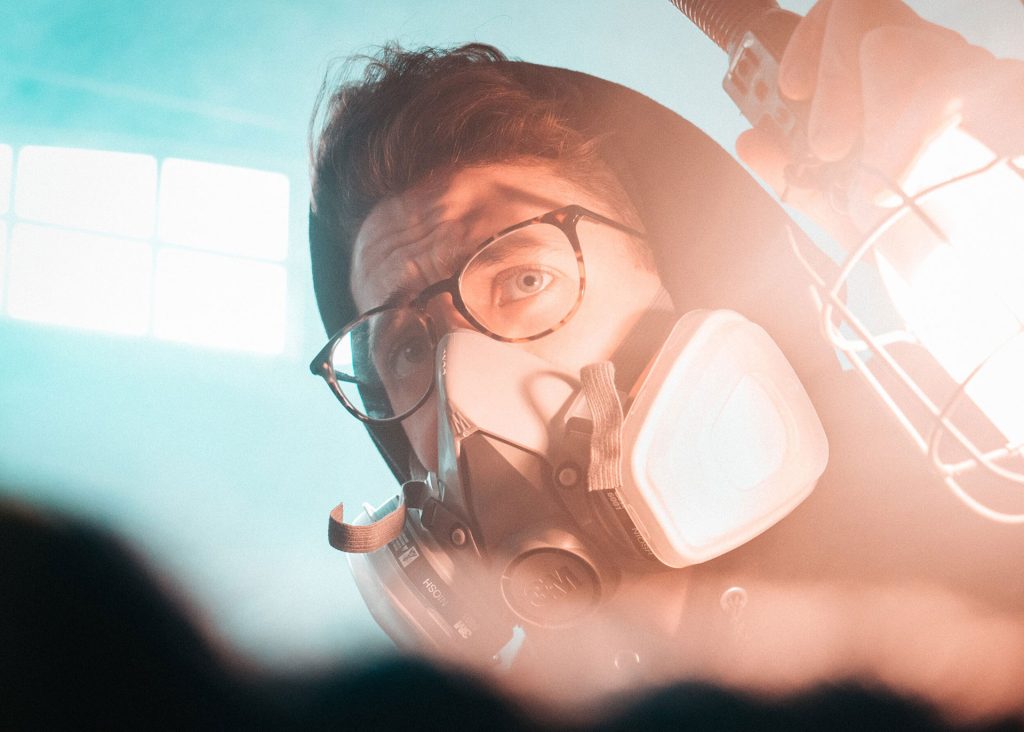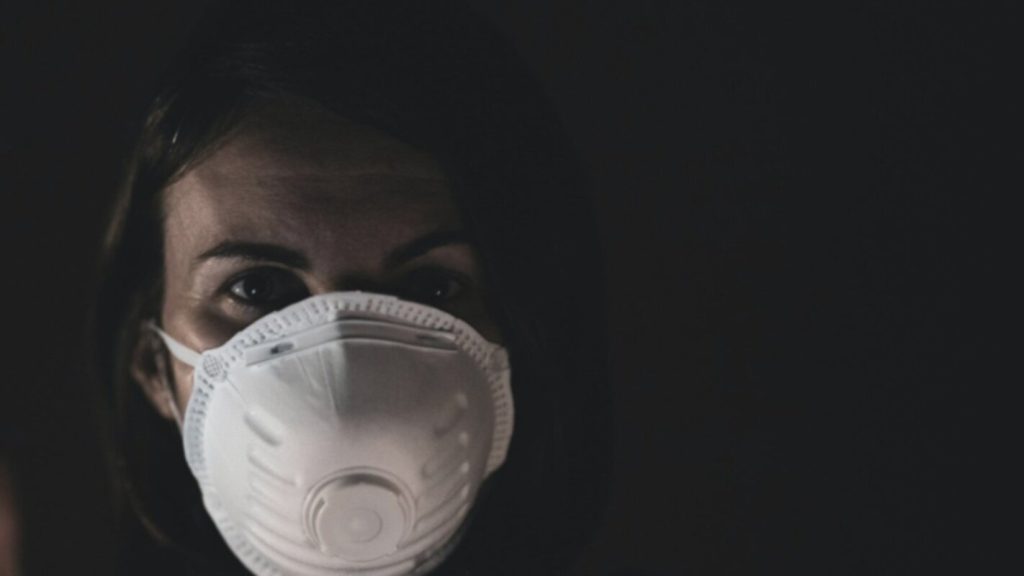Respiratory protection is an important aspect of occupational safety and health in the welding industry. The welding process generates various fumes, gases, and metal oxides that can pose serious respiratory hazards, causing respiratory irritation, asthma, lung cancer, and other severe health problems. Employers in the manufacturing and welding industry have a responsibility to identify and control these hazards to ensure their employees’ safety and health. In this comprehensive article, we’ll provide a detailed overview of the different types of respiratory hazards in welding and how they can be effectively controlled using various techniques and measures, including engineering and administrative controls, as well as personal protective equipment (PPE).
What are some of the respiratory hazards associated with welding?
The welding process can generate many different respiratory hazards that that can cause respiratory irritation, asthma, and even lung cancer. Here are some of the potential hazards:
- Fumes and gases – Welding fumes and gases contain metals, such as lead, chromium, and nickel, as well as carbon monoxide and nitrogen oxides.
- Hexavalent chromium – Welding stainless steel, high-chromium alloys, and chrome-coated materials can generate hexavalent chromium, a known carcinogen that can cause lung cancer and respiratory irritation. Find out more about Cr(IV) with our Comprehensive Guide to Hexavalent Chromium here.
- Particulates – Particulates such as metal oxides, silica, and other fine particles can be produced as part of the welding process.
- Ozone – Welding produces ozone, a gas that can cause respiratory irritation, coughing, and shortness of breath.
- Carbon monoxide – Welding produces carbon monoxide, a colorless and odorless gas that can cause headaches, dizziness, and nausea, and in high concentrations, can be fatal.
- Nitrogen oxides – Welding produces nitrogen oxides, which can cause respiratory irritation and damage to the respiratory system.
How can we control the hazards associated with welding?
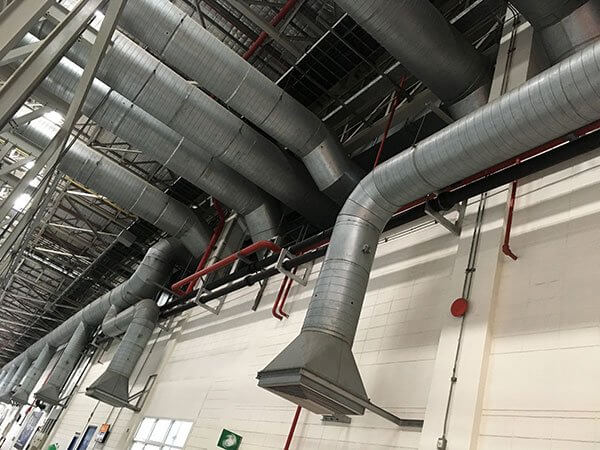
Engineering Controls
The most effective method for controlling these hazards is by implementing engineering controls such local exhaust ventilation (LEV) systems. LEV systems capture and remove contaminants at the source before they can be inhaled by the welder. Employers should ensure that their LEV systems are properly designed, installed, and maintained to ensure their effectiveness.
- Enclosed welding booths are another effective engineering control for reducing employee exposure to welding fumes and gases. These booths provide a separate, enclosed area for welding in combination with LEV systems. In addition, enclosed booths can help to reduce noise levels and improve safety by limiting access to the welding area.
- Substituting less hazardous materials in the welding process can also be an effective engineering control. For example, using low-fume-producing welding rods can significantly reduce employee exposure to hazardous fumes and gases generated from welding.

Administrative Controls
Administrative controls involve changes in work practices, policies, and procedures to minimize employee exposure to hazards.
- An example of an administrative control in welding is implementing a job rotation and welding schedule. Job rotation and scheduling involves rotating employees between different tasks to reduce their exposure to welding fumes and gases. By rotating employees, the amount of time they spend in high-exposure areas can be limited, reducing their overall exposure. A welding schedule can help to control the amount of welding that is performed each day by each employee, inherently reducing exposure to fumes and gases. The schedule can also be designed to ensure that welding is performed in areas with effective ventilation or when fewer employees are present, further reducing exposure.
- Employees must also be trained on proper welding techniques, including the use of proper engineering and administrative controls. They must also be trained on how to recognize and report respiratory hazards, and how to properly use and maintain respiratory protection equipment.
Only after engineering and administrative controls have been exhausted, can we use personal protective equipment, such as respiratory protection.
What are the different types of respiratory protection used in welding?
There are two main types of respirators: air-purifying respirators (APRs) and supplied-air respirators (SARs). APRs filter contaminants out of the air, while SARs provide clean air from a separate source. Each type of respirator has its advantages and disadvantages, depending on the specific welding application and work environment.
APRs are available in three classes: N (not oil-resistant), R (oil-resistant), and P (oil-proof). Each class provides different levels of filtration efficiency against different contaminants. Employers must choose the appropriate class of APRs and cartridge based on the contaminants present in the welding environment.
SARs provide clean air from a separate source, such as a compressor or air cylinder. SARs are ideal for welding applications that generate high levels of contaminants or in confined spaces where ventilation is not practical.
Find out more about how to conduct a job hazard assessment and determine the appropriate respiratory protection here.
What are some examples of exposures in the welding industry which may require respiratory protection?

Stainless Steel Welding
Stainless steel welding generates chromium fumes, which can contain hexavalent chromium.
Stainless Steel Welding Example: ABC Manufacturing is an automotive parts manufacturer that completes many welds on stainless steel products during the production process. This welding generates hazardous fumes and gases, including hexavalent chromium. ABC Manufacturing has installed local exhaust ventilation (LEV) systems to capture and remove contaminants at the source directly on the manufacturing line. They have also removed most employees from the process by using robots to complete the welds. Despite these efforts, the welding volume still requires use of a half face P100 elastomeric respirator with an organic vapor cartridge.
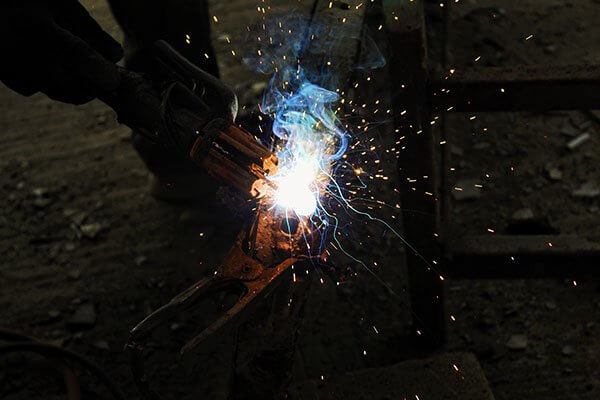
Galvanized Steel Welding
Galvanized steel welding generates zinc fumes, which can cause respiratory irritation and metal fume fever.
Galvanized Steel Welding Example: LMN Fabrication is a metal fabrication company that produces galvanized steel products for the automobile industry. ABC manufacturing in one of their largest customers. LMN has specific welding process that produces zinc oxide fumes and other similar gas hazards. To control employee exposure, LMN Fabrication has implemented engineering and administrative controls such as LEV systems in welding booths, enclosed welding booths for high-exposure processes, job rotation, and welding schedules. Before requiring respiratory protection, LMN Fabrication regularly monitors employee exposure to ensure the effectiveness of the controls. If employee exposure exceeds permissible exposure limits, employees are provided with APRs to protect their team members.
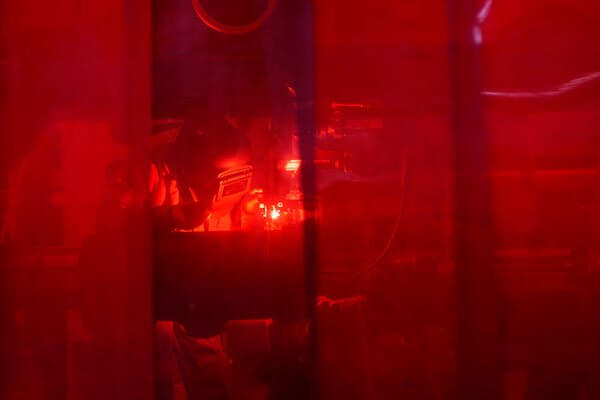
Aluminum Welding
Aluminum welding generates aluminum oxide fumes, which can cause respiratory irritation and lung damage.
Aluminum Welding Example: XYZ Manufacturing specializes in the production of various aluminum products, including aluminum parts for the aerospace, automotive, and electronics industries. To control employee exposure to health hazards such as aluminum oxide fumes, XYZ Manufacturing has implemented several engineering controls, including the use of welding curtains and screens to separate the welding area from other work areas.
Welding curtains and screens can be an effective alternative to LEV systems as they contain the fumes and gases in the welding area, preventing them from spreading to other parts of the workplace. General ventilation may be sufficient to circulate fresh air in the work area and reduce exposure. Additionally, welding curtains and screens can be easily moved to accommodate different welding positions and areas, providing flexibility and efficiency in the welding process. Since not all hazards can be contained, team members use APRs to protect them during certain processes which must take place.
To ensure adequate respiratory protection in the welding industry, employers should follow these best practices:
- Identify and assess the respiratory hazards in the welding environment.
- Implement engineering controls, such as LEV systems and enclosed welding booths, to control welding fumes and gases.
- Implement administrative controls, such as job rotation and limiting the amount of time a welder spends in a high-exposure area.
- Provide PPE, such as respirators, as a backup measure when engineering and administrative controls are not effective.
- Train employees on respiratory protection best practices, including proper respirator use, maintenance, and storage.
What are the training requirements for employees regarding respiratory protection in the welding industry?
Employees must be trained on the proper use, maintenance, and storage of respirators, as well as the respiratory hazards present in the welding environment. Training should also cover the limitations and capabilities of respirators and the importance of using them correctly. Employers must provide this training before employees use respirators and as necessary afterward.
What are the responsibilities of employees regarding respiratory protection in the welding industry?
Employees have a responsibility to use respiratory protection correctly, maintain it properly, and report any respiratory hazards or issues to their supervisor. Employees should also participate in respiratory protection training and follow the employer’s policies and procedures regarding respiratory protection.
Respiratory protection is essential in the welding industry, where fumes, gases, and metal oxides can pose serious respiratory hazards. Employers must identify and control these hazards to ensure their employees’ safety and health. This can be achieved through the implementation of engineering controls, administrative controls, and PPE, such as respirators. By following these best practices, employers can reduce respiratory hazards and prevent long-term respiratory problems.
A critical and required step before allowing employees to use respirators is to conduct a medical evaluation. Vest’s Respirator Clearance system can assist your organization with completion of the Medical Evaluation Questionnaire to medically qualify employees for respirator use. Speak with a Vest representative about respirator clearance.
OSHA Reference: https://www.osha.gov/welding-cutting-brazing

